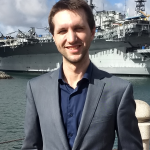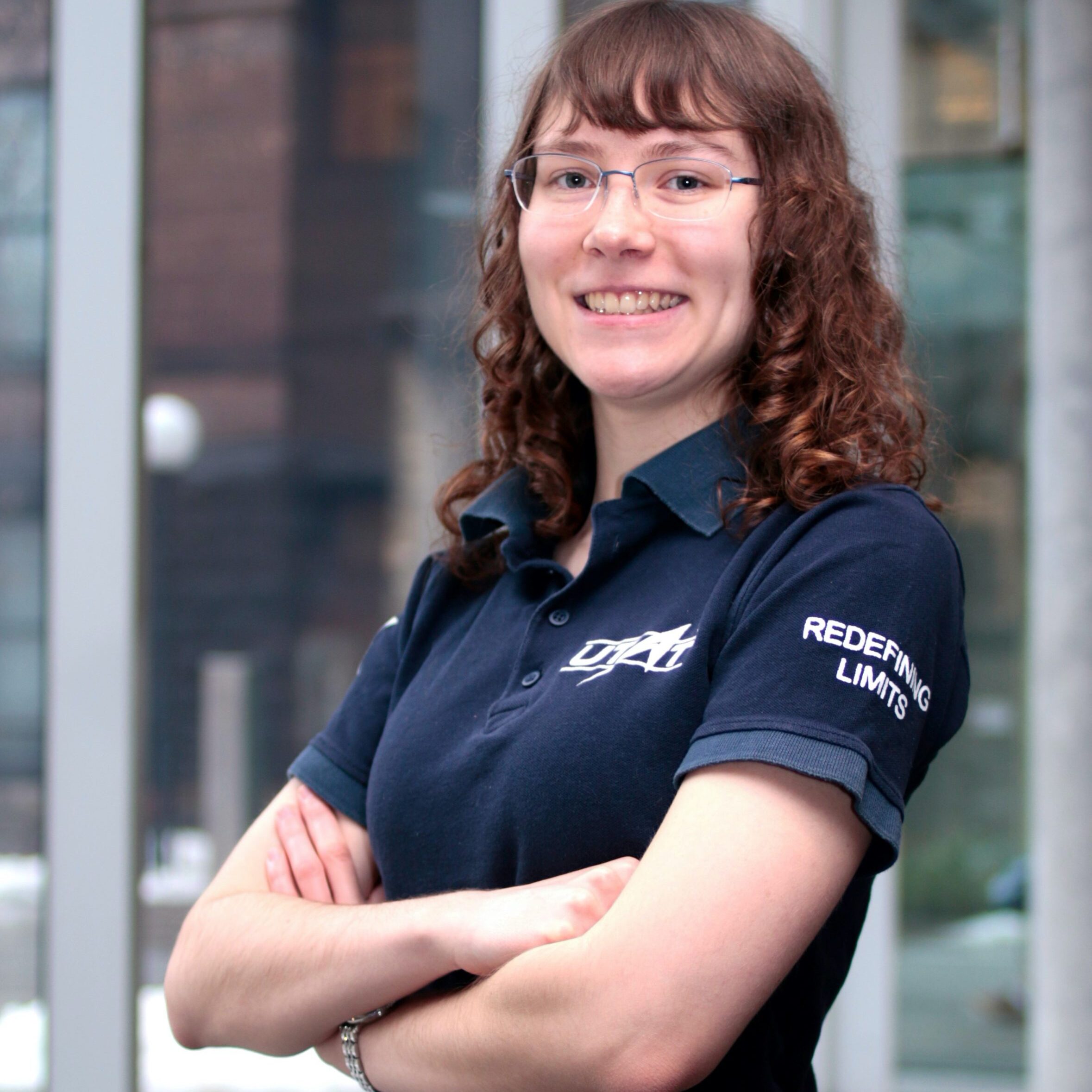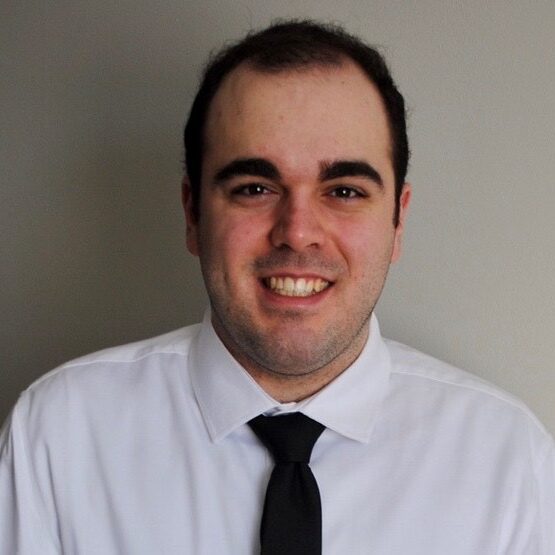Vehicle Simulation Laboratory
Team
Professor Peter R. Grant
Professor Grant's research is focused on human-in-the-loop vehicle simulation. This includes the development of real-time flight and ground vehicle models, with his primary focus currently on the development of representative post-stall models of commercial aircraft. These models are required for full-stall recovery training which was recently mandated by US FAA and other regulatory bodies. Prof. Grant's research also includes the development of high-fidelity simulator motion drive algorithms. In support of this development work, Prof. Grant continues to do research in human motion perception and control, particularly as it applies to simulator motion cueing.

Team

Gregory Moszczynski
PhD Candidate
New regulations by the FAA and other governing bodies require full-stall recovery training which in turn requires a flight model that is representative in the stall regime. Developing post-stall models is a challenging task that ideally would be supported by flight test data. One approach involves using certification flight test data and identification techniques to develop post-stall flight models. Given the highly complex post-stall aerodynamic behaviour, fitted flight models are likely to have significant errors which in turn will bias the fitting of the parameters in the model. To solve this problem a two-step approach with the first step being Flight Path Reconstruction where the modeling errors are very small, followed by parameter estimation with both estimation processes using robust state estimation is proposed.

Tim Teng
PhD Candidate
Tim's PhD research focuses on improving the handling qualities of teleoperated remotely piloted aircraft systems (RPAS), by reducing the negative effects of communication delay and the lack of situational awareness associated with conventional ground control stations. Tim MASc. thesis involved the development of representative post-stall modeling techniques for transport aircraft.

Christopher Chang
MASc Student
The hybrid wing-body (HWB) configuration has been shown to offer a significant increase in fuel efficiency over the incumbent tube and wing configuration. However, the predicted efficiency improvement tends to require an unstable configuration which demands a stability augmentation system (SAS) or more aggressive flight control system (FCS) and will lead to difficulties certifying new designs. The first step of this project is to develop a model of the low-speed flight characteristics of a HWB using computational fluid dynamics (CFD) and a potential flow method. The resulting model will be implemented in the UTIAS flight simulator and will be flown by test pilots to evaluate the configuration’s handling qualities with and without an FCS.

Katrina Cecco
MASc Student
Civil aviation regulating bodies require training simulator flight model behaviour to match the real aircraft to within a specified set of tolerances. Flight models are usually developed by selecting the parameters of the model such that its behaviour matches recorded flight test data from the real aircraft. Manual tuning of the parameters of the flight model such that its behaviour matches the real aircraft, to within the required tolerances, is an extremely time-consuming process that requires significant involvement of expensive subject matter experts. This project aims to develop and apply new advanced system identification algorithms that will automatically estimate the parameters in a flight model such that its behaviour matches the recorded flight test data in an optimal sense. In particular this project will focus on fitting highly complex non-linear rotatory wing and fixed wing aircraft models.

Noah Hirsch
MASc Student
Civil aviation regulating bodies require training simulator flight model behaviour to match the real aircraft to within a specified set of tolerances. Flight models are usually developed by selecting the parameters of the model such that its behaviour matches recorded flight test data from the real aircraft. This requires a significant amount of flight test data for the aircraft. Outfitting the test aircraft with a vast array of instrumentation and flying a large set of test maneuvers is extremely time consuming and expensive. This project will used advanced system identification algorithms to explore the minimum airdata instrumentation requirements for the flight test aircraft that will result in a flight model with sufficient fidelity to comply with the appropriate regulations.